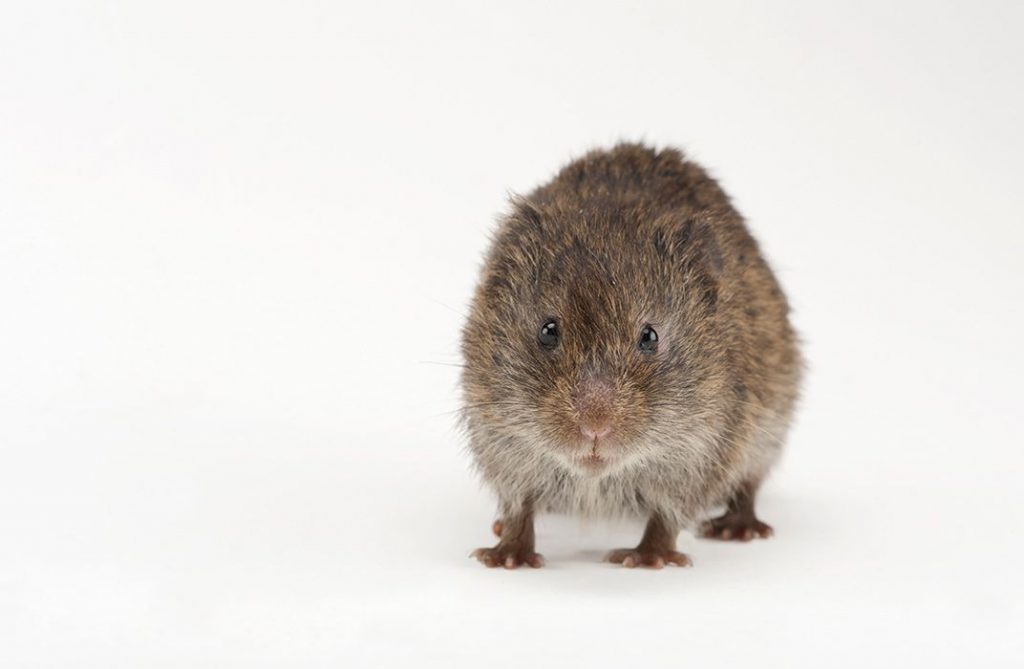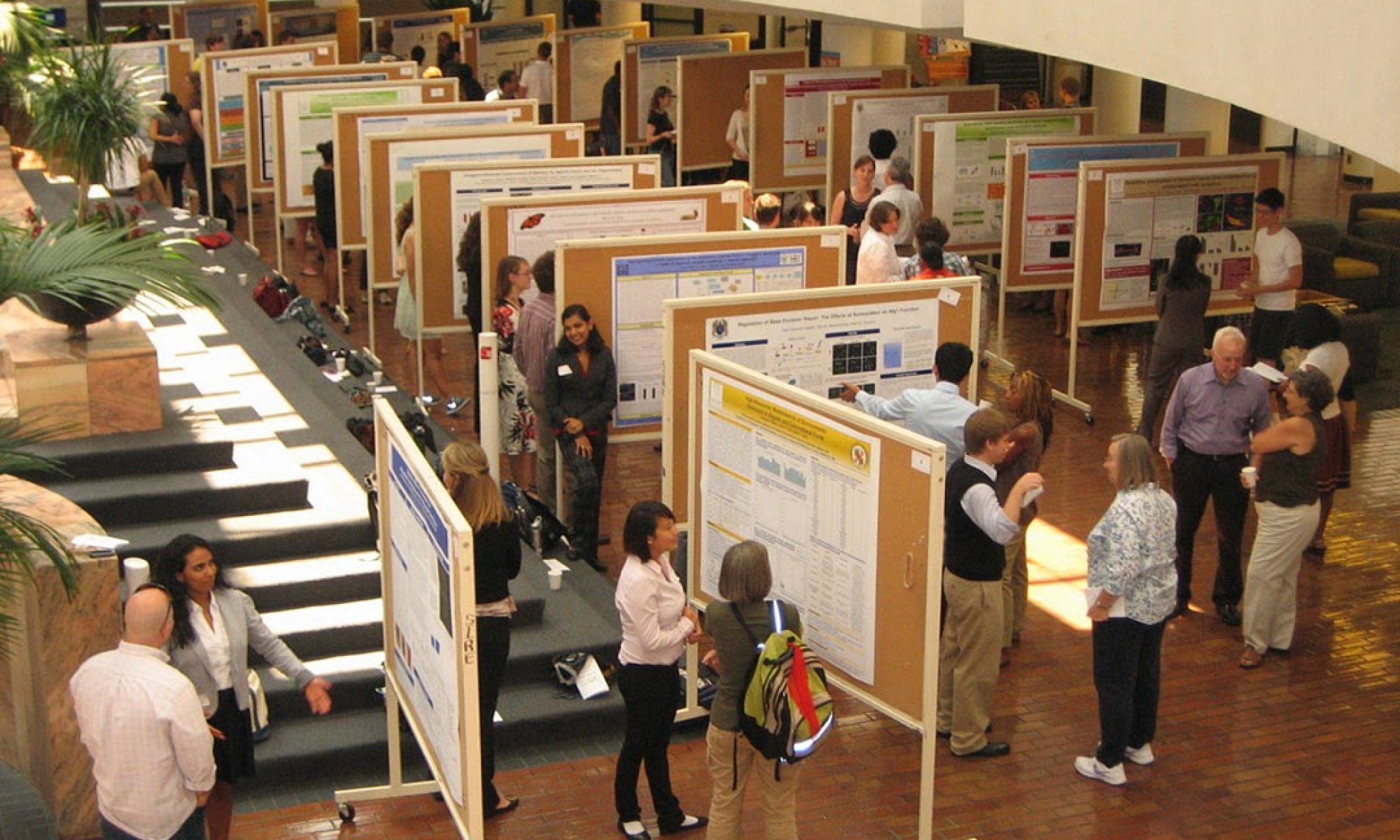Danial Arslan – 10/6/2017
About Myself:
My name is Danial Arslan and I am a sophomore at Emory University who is planning to pursue a (BS) degree in Biophysics and a (BS/MS) degree in Pure Mathematics. I am pre-med and am planning to later pursue the MD degree.
Introduction:
I will be working in Robert Liu’s lab at the Rollins Research Center.
Robert Liu runs a Computational Neuroethology lab which delves into the neural processes which are responsible for how an organism behaves. This includes studying how new neural connections form during social cues which can then later transform into behaviours for specific cues in organisms.
The lab also notes how neural plasticity can be regulated through manipulating neural mechanisms present in the ‘reward system’ of the brain. They are currently investigating specific topics within this broad research question. This includes understanding how female mice develop the ability to recognize their pups, through their offspring’s ultrasonic vocalizations. Moreover, the lab is also interested in exploring the social behaviours exhibited by prairie voles.
The lab is currently starting a new study into the electrophysiological mechanisms of social bonding in prairie voles, which is what I will be working on.
Overview of what the lab is working on now:
Adopted from the following paper: Amadei, Elizabeth A., et al. “Dynamic corticostriatal activity biases social bonding in monogamous female prairie voles.” Nature (2017). This paper can be accessed by clicking here.

“The vole is closely related to the lemming and resembles a hamster.”1
Image adopted from: (Joel Sartore / National Geographic Creative)
The formation of monogamous relationships is not only complex but rare, with only 5% of current mammalian species actually demonstrating such ‘pair bonds’. These bonds are created when organisms undergo a series of biochemical and neurological changes which cause them to perceive their partners as ‘rewarding.’ However, there is still speculation as to how these neural mechanisms are formed during social interactions with partners.
In this paper, it is hypothesized that this rewarding mechanism is created through an increase in corticostriatal activity between the neural accumbens (NAcc) and the medial prefrontal cortex (mPFC). Corticostriatal circuitry plays a key role in creating motivation and forming goal oriented and reward seeking behaviours in organisms.2 The authors of this paper therefore hypothesize that greater connectivity between the NAcc and the mPFC will result in an organism demonstrating more affiliative behaviours towards their mates.
The authors use a female prairie vole (Microtus ochrogaster) as their experimental model, to demonstrate social bonding. Prairie voles are extremely monogamous in nature and extremely affiliative, with males staying with their female mates and spending approximately half of their time in the nest with their pups.3
Individual variation in corticostriatal activity and the number of receptors for dopamine and oxytocin in the corticostriatal circuitry was shown to predict differences in affiliative behaviour. This was measured, in this experiment, by observing how quickly females would huddle with their partners after cohabitation.
Furthermore, activating this mPFC–NAcc circuit, during social scenarios with a specific mate, caused females to exhibit a preference for their mate. This showed that the corticostriatal activity was also responsible for escalating the affiliative behaviour. Therefore, this experiment showed how corticostriatal activity, during pair bond formation, could use the brain’s reward system to cause an increase in affiliative behaviour.
Where am I in the Research Process and Future Plans:

A timeline outlining my goals for the coming year, in my research space.
I currently just joined the lab this week and have yet to go over previous articles the lab has published to get a sense of where they are now and where they are heading. I will be meeting up with my graduate fellow next week and will be working under him for the first semester. This will include going over various papers, related to this study, to become more knowledgeable in the field. Moreover, I will be working under his project in order to learn basic lab procedures, tests and techniques.
By January, I will be starting my own independent study, within this main research goal, with the hopes that by March I have at least some preliminary data which I can include in my scientific poster.
References:
- Tucker, Abigail. “What Can Rodents Tell Us About Why Humans Love?” Smithsonian.com. Smithsonian Institution, 01 Feb. 2014. Web.
- Haber, Suzanne N. “Corticostriatal Circuitry.” Dialogues in Clinical Neuroscience 18.1 (2016): 7–21. Print.
- McGraw, Lisa A., and Larry J. Young. “The Prairie Vole: An Emerging Model Organism for Understanding the Social Brain.” Trends in neurosciences 33.2 (2010): 103. PMC.
- Amadei, Elizabeth A., et al. “Dynamic corticostriatal activity biases social bonding in monogamous female prairie voles.” Nature (2017).


I liked your description of why you chose to use the model organism in question and your explanation of the relevance of the cortical-striatal pathways in the brain. I would have like to seen more about your role in the lab and who you will be working closely with.
Hi Daniel, your research looks really interesting, and Dr. Liu is great. I took him for NBB 301 last year. I’ve also seen quite a bit of neuroscience research that uses prairie voles recently because of their monogamous behavior which is rare in mammalian species. How applicable is research on prairie voles to human behavior and neurochemistry?
Hey, Danial
This is an excellent blog post to read! I think you did a good job of giving an overall summary of your research topic, explaining any jargon such as how the rewarding mechanism is created, the relevance of the corticostriatal activity & the mPFC–NAcc circuit to the affiliative behaviour. I also like the self-explanatory timeline you created to show your current research progress and future plans. In addition, I really like how you point out the significance of studying prairie voles regarding their monogamous behavior with the inclusion of a very cute and clear picture. There is only one tiny flaw that I would like to point out as a reader—-it would be better to number your citations in the order they appear in the text. (The 4th citation should be the 1st one)
I find this topic fascinating, and Emory is quite famous for its research on prairie voles. I have read about defense mechanisms in prairie voles that make males aggressive towards other males who approach their mate, but I hadn’t read much on a rewards system. My understanding is that less research has been done on male prairie voles. Are people at the lab looking to research male prairie voles, or is the focus mainly on female prairie voles?
Hi Danial,
Great first blog post! I appreciated your organization (in terms of first giving information about you, then delving into the particular research questions, and then giving the reader a tentative research plan for the year). The graphic you included was particularly engaging. I personally found your topic interesting because I am taking Dr. Gouzoules’ Animal Behavior class, where we discussed research on monogamous vs promiscuous voles and the role of vasopressin in pleasure and reward systems. Actually, to somewhat counter what Zach was talking about, in the vasopressin experiments our class talked about, the focus was on male voles (and altering their vasopressin receptors). Like Zac, I am interested in knowing: does your lab’s research focus on males or females, or are you guys doing experiments on both?
Although I’m not much of a science person, you explained your research subject in such a way that was precise but still easy for me to understand. I had no idea that monogamy in mammalian animals was so rare. Could any of these results be predictive of similar biological processes occurring in humans? I’ve read much on human monogamy from a sociological/economic perspective, but never a biological one.